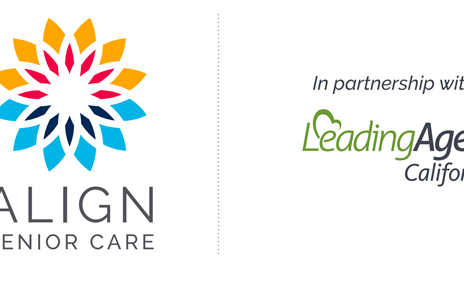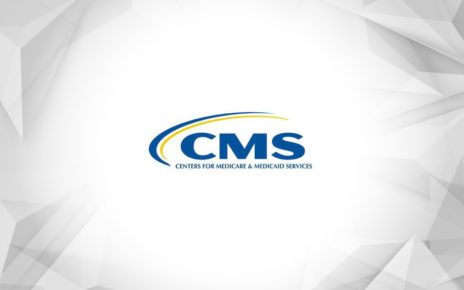by Dr. Kathleen Weissberg, MS, OTD, OTR/L, CMDCP, CDP
When speaking of caregivers, Millennials are not always part of the conversation. Yet, a report which draws data from the 2015 Caregiving in the U.S. study by AARP and the National Alliance for Caregiving shows close to 24 percent of caregivers are Millennials, and they provide an average of 20 hours per week in caregiving tasks. Looking more closely, 35 percent are between the ages of 18 and 24; 31 percent between the ages of 25 and 29; and 34 percent between the ages of 30 and 34. Millennials are the most diverse generation of family caregivers — 27 percent Hispanic, 18 percent black and 8 percent Asian American/Pacific Islander. Less than half (44 percent) are white — yet two-thirds of older caregivers are white.
Unlike previous generations of caregivers, where women held the lion’s share of responsibilities, Millennials are splitting responsibilities evenly by gender. Close to half of Millennial caregivers are men and 12 percent self-identify as LGBTQ — both higher proportions than in other caregiving generations. Moreover, they are redefining what “caregiving” means; in addition to parents, they provide care to grandparents, in-laws, other family members, neighbors and friends.
They are more likely to be employed than previous generations of caregivers, yet a third make less than $30,000 annually. Burdened with more debt than “Boomer” counterparts, they spend an average of 27 percent (approximately $6,800) of their annual income on caregiving expenses.
Each of these demographic trends demonstrates Millennials are revolutionizing the concept of a family caregiver and their experience.
The Millennial experience is not without its challenges. Most are tasked with balancing dual pressures of employment and caregiving. About 73 percent have gainful employment and disclose they are not receiving the support they need at work. More than half (54 percent) say their caregiving role affected their work in a significant way, and most also said neither their supervisors nor their coworkers know that they have caregiving responsibilities. Many feel that the help they provide to families does not “count” as caregiving because the devoted time only amounts to a few hours per week. Those living further away say that returning only on weekends also does not “count.” When Millennials disqualify themselves from the title of caregiver, the way others view their role is at risk for demotion.
Millennial caregivers also express personal concerns, specifically, money and budgeting, obtaining adequate social support, and anxieties related to navigating a complex healthcare system. It is in these areas that healthcare providers can help. Providers can:
- Offer, through employee wellness programs, strategies to promote better work/life balance and techniques for stress management (i.e., exercise, meditation, yoga) and sleep hygiene
- Assist in locating and connecting to support groups both in-person and online in the community and determine criteria to find the right fit
- Provide caregiver skills training in areas like proper lifting techniques, back safety, and transfers
- Educate regarding medications, side effects, dosage and administration as medication management is a critical role of the caregiver
- Prepare and educate the caregiver to have important conversations with physicians
- Mentor caregivers how to conduct the “tough” conversations surrounding issues like driving cessation or home modification and be taken seriously
- Inform the caregiver regarding diagnoses, prognosis, and end of life care
- Assist with emergency preparedness and home safety, when to seek out respite care or more involved care, and questions to ask when looking at extended care facilities
The face of caregiving is changing and the techniques this emerging set of caregivers use to learn are different. As healthcare providers, we can help Millennial caregivers be successful and make a difference in the lives of those for whom they care.
SOURCES
Accius, J. & Yeh, J. (2017). America must invest in its next generations. Generations, 40(4), 101-107.
Finn, B. (2018). Millennials: The emerging generation of family caregivers. AARP Public Policy Institute Spotlight, 2018(5).
Feinberg, L. (2016). The dual pressures of family caregiving and employment. AARP Public Policy Institute Spotlight, 2016(5).
Mendelson, M. (2013). The Millennial generation: Receiving a fair exchange? Journal of Intergenerational Relationships, 11(3), 324-328. DOI: 10.1080/15350770.2013.810056.
National Alliance for Caregiving (NAC) and AARP Public Policy Institute. (2015). Caregiving in the U.S. 2015 (Bethesda, MD: NAC /Washington, DC: AARP, June 2015), https://www.aarp.org/ppi/info-2015/caregiving-in-the-united-states-2015.html


 For years, the role of caregiver in long-term care was primarily filled by middle-aged or elderly individuals caring for aging parents or spouses. Caregiver demographics are changing and today, many Millennials are taking on complex caregiving roles. Millennial caregivers represent a unique caregiver profile, very different from middle-aged or elderly care providers, and therefore require a unique set of skills to not only provide caregiving, but to care for themselves and their health.
For years, the role of caregiver in long-term care was primarily filled by middle-aged or elderly individuals caring for aging parents or spouses. Caregiver demographics are changing and today, many Millennials are taking on complex caregiving roles. Millennial caregivers represent a unique caregiver profile, very different from middle-aged or elderly care providers, and therefore require a unique set of skills to not only provide caregiving, but to care for themselves and their health. 

